
Not the sharpest tool in the box
On Nikon or Sony bodies, the Tamron has a
fairly conventional effective focal length of 90mm, and it works out to 96mm on
a Canon camera. It’s only natural to think that the lens is an APS-C version of
Tamron’s popular 90mm macro lens for full-frame cameras but it’s actually very
different. Unlike the 90mm lens, this one has fully internal focusing and,
instead of the front element being deeply recessed in the lens barrel, it’s
positioned right at the front.
Aperture-wise, this is the fastest lens in
the group, offering greater possibilities for blurring the background in
general shots, and for keeping shutter speeds up in gloomy light. Ultimately,
however, its suitability for this depends on the image quality that the lens is
able to deliver at apertures between f/2 and f/2.8.
Performance
The Tamron is quite sluggish and noisy
during autofocus and lacks a focus limiter switch, so it’s prone to hunting
through its entire range if it fails to lock onto a target immediately. There’s
no full-time focus override and manual focus suffers from a stiff and jerky
focus ring. It’s a shame because the oversized focus ring would otherwise be a
bonus for handling.
Sharpness is extremely lacking at 172 and
still very poor at f/2.8. The Tamron doesn’t really get into its stride until
you hit f/5.6 and, even then, it lags behind other lenses in the group. For
overall image quality, it’s nowhere near a match for the older Tamron 90mm
lens.
Tech focus
14 elements in ten groups, seven diaphragm
blades, closest focus distance 23cm, 55mm filter thread, electric motor
autofocus, physical dimensions 73x80mm, weight 400g
|
Details
·
Price: $525
Verdict
·
Features: 3/5
·
Build quality: 2/5
·
Image quality: 3/5
·
Value: 2/5
·
Overall: 2/5
|
Image quality in focus
1.
Canon EF 50mm f/2.5 Macro
Sharpness
test
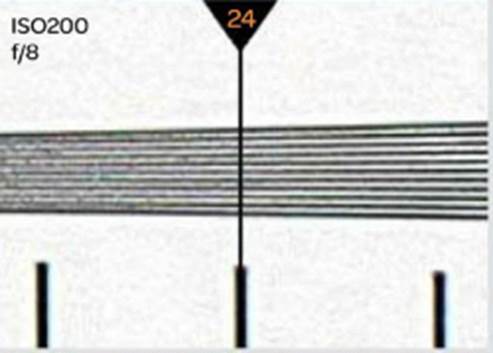
Dire at the maximum aperture of f/2.5, it's
better at smaller settings. Sharpness is consistent between the centre and
corners of the frame.
Fringing
test
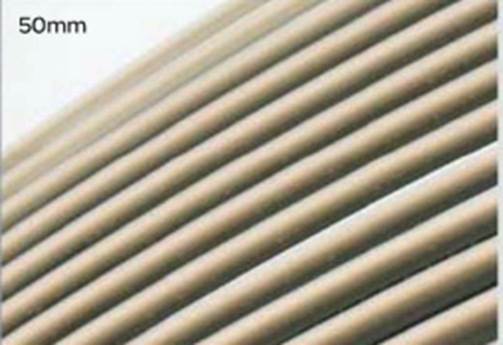
Taking an average of the data through the
aperture range, colour fringing is the worst of any lens in the group. It's
most noticeable at f/2.8.
Distortion
test
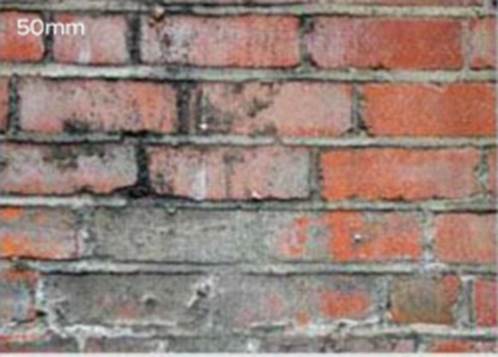
There's fairly little distortion, but it's
more noticeable than with most competing optics, the Canon having slight
pincushion.
Imagetest
verdict
Disappointing overall, the Canon 50mm can't
compete with most other lenses in terms of sharpness, colour fringing or
distortion.
Ratings: 3/5
2.
Canon EF-S 60mm f/2.8 Macro USM
Sharpness test

Much better than the Canon 50mm at large
apertures, and the 60mm has slightly superior performance at medium and small
apertures.
Fringing test
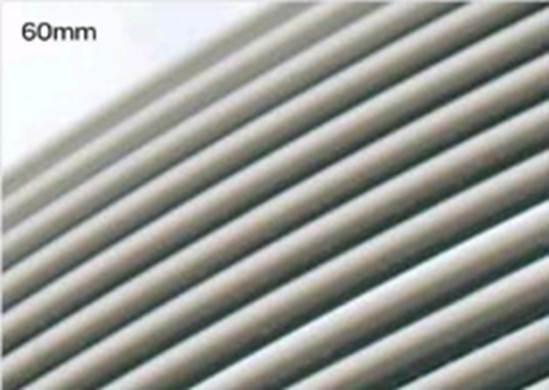
Chromatic aberrations are quite well
controlled at f/2.8 but rise steadily through the aperture range. They're on a
par with the Canon 50mm at f/16.
Distortion test
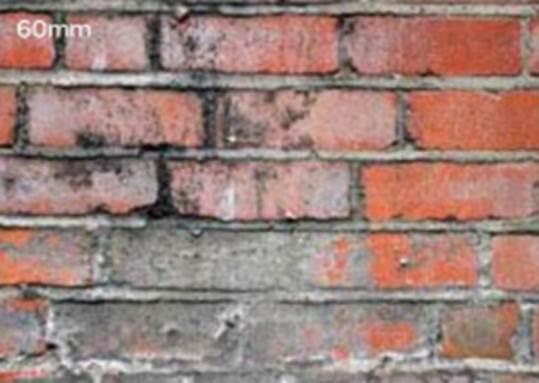
There's very slight pincushion distortion,
but it's far less noticeable than with the Canon 50mm. In most shots it's a
non-issue.
Imagetest
verdict
A sizeable step in the right direction,
compared with Canon's 50mm lens, the 60mm just about earns four stars for image
quality.
Ratings: 4/5
3.
Nikon AF-S 40mm f/2.8G DX Micro
Sharpness test

Centre sharpness is consistent and Slightly
less impressive for sharpness good through the aperture range, at least down to
f/16. Corner sharpness is less impressive at large apertures.
Fringing test
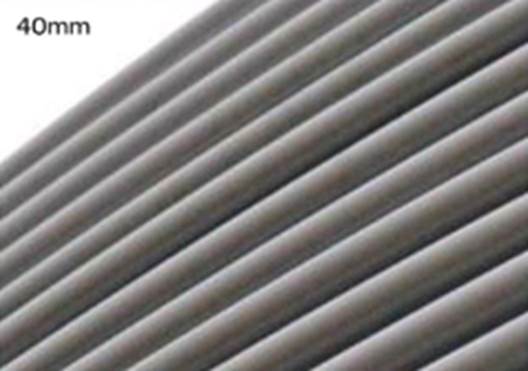
Well contained, there's very little colour
fringing to be seen even in the extreme corners of images. What little there is
peaks at around f/5.6 to f/8.
Distortion test

There's some pincushion distortion but it's
not as noticeable as with the Canon 50mm. The bigger Nikon 50mm is much better
in this respect.
Imagetest
verdict
Image quality is very acceptable overall,
and particularly impressive at large apertures considering the relatively low
price of the lens.
Ratings: 4/5
4.
Nikon 60mm f/2.8d AF Micro
Sharpness test
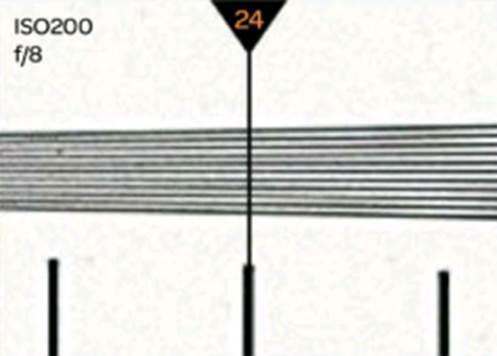
Slightly less impressive for sharpness than
Nikon's 40mm lens at f/2.8, but the 60mm is better at f/16 - an ideal aperture
for macro shots.
Fringing test

The best on test for colour fringing by
quite a margin, there are practically no chromatic aberrations, even towards
the corners of the frame.
Distortion test
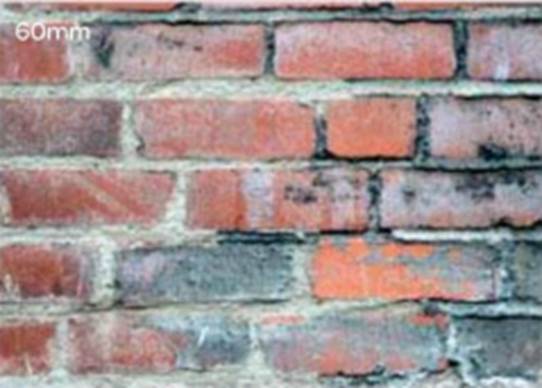
The Nikon 60mm beats all other lenses in
the group with the best for a lack of distortion, serving up the best lab
score. This is as good as it gets.
Imagetest
verdict
Superb all-round image quality is the main
attraction of this lens. Sharpness could be slightly better at f/2.8, but in
all other respects it's excellent.
Ratings: 4/5
5.
Olympus M.ZUIKO ED 60mm f/2.8 Macro
Sharpness test

Stunningly sharp at f/2.8-5.6, the Olympus
has amazing resolving power, revealing even the finest levels of detail. The
only slight dip is at f/8.
Fringing test

Colour fringing is minimal to low at most
apertures, peaking at f/16 towards the corners of the frame. It's not a problem
in the majority of shots.
Distortion test
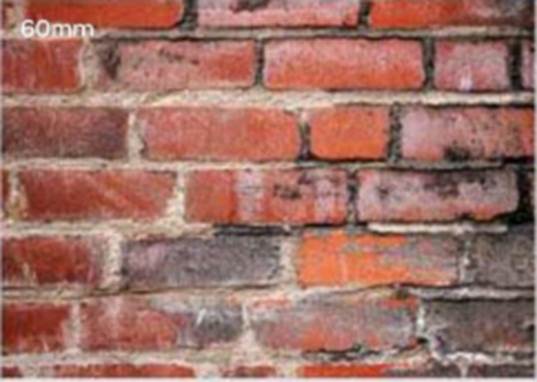
There's very marginal barrel distortion
but, as with colour fringing, it's almost impossible to spot in most images, so
not worth worrying about.
Imagetest
verdict
Image quality is beautiful throughout the
aperture range and very impressive at large apertures. An excellent lens for
telephoto and macro shooting.
Ratings: 4/5